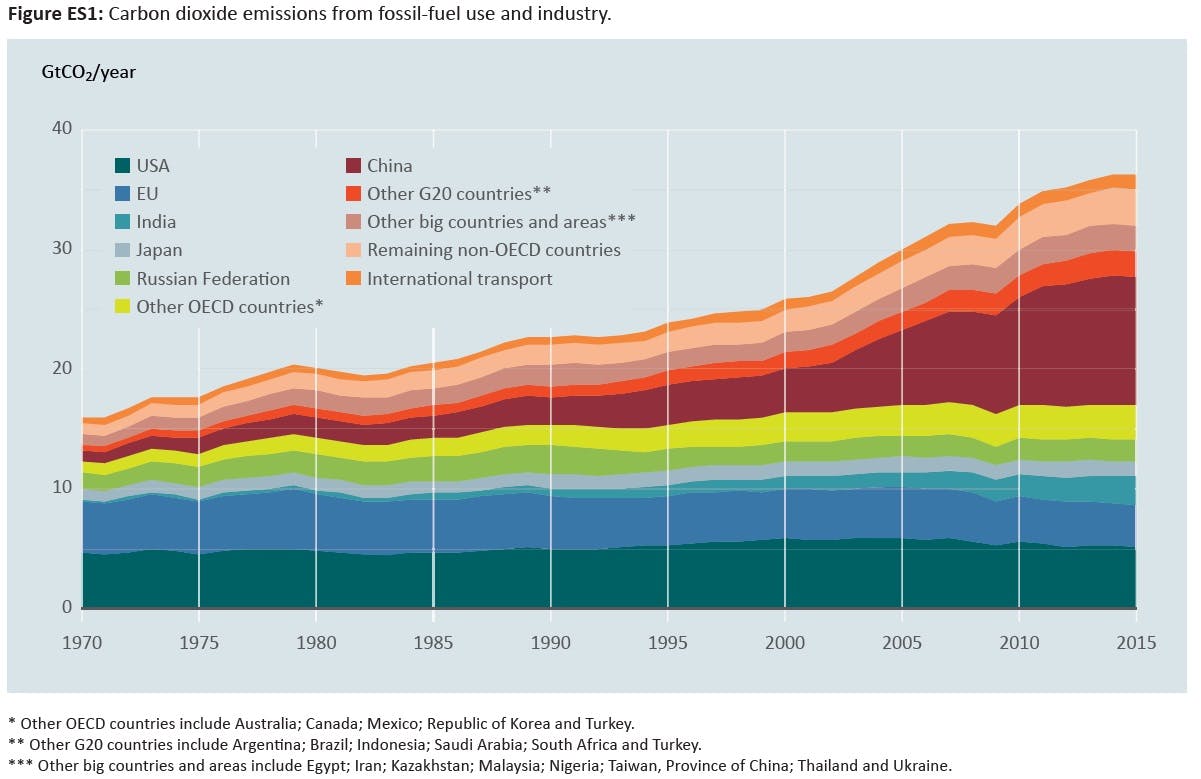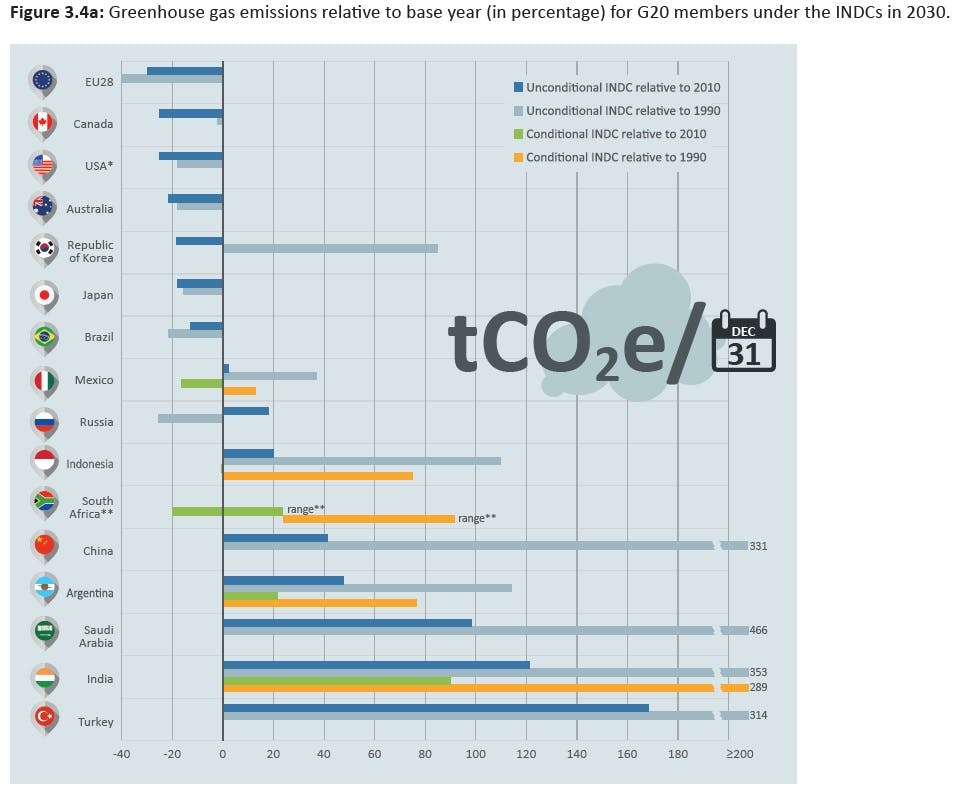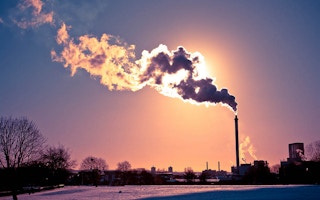Countries must act immediately to deepen emissions cuts if the world is to stand a chance at limiting global warming to 1.5 degrees Celsius this century, according to a new report from the United Nations Environment Programme (UNEP).
Released the day before the Paris Agreement came into force, the report says global emissions must fall by a further 25 per cent from the predicted 2030 level, or by 12-14 gigatonnes, if the world is to remain on course to meet its climate targets.
Since the early ratification of the Paris Agreement in October, the pledges of countries to control greenhouse gas emissions have come under increasing public scrutiny, and will be a focus of the November 7-18 summit of the United Nations Framework Convention on Climate Change (UNFCCC) in Marrakech, Morocco.
“Things are moving in the right directions… [but] we have to peak these global emissions by 2020 if we are going to make the lower end of our trajectory,” said Jacqueline McGlade, chief scientist for UNEP and co-author of the Emissions Gap Report 2016.
This year, the annual UNEP study measured the gap between the emissions cuts needed to stabilise global warming and the pledges made in 2010 by over 160 countries to reduce emissions. These had been submitted by the governments via the Cancun Pledge (the economy-wide targets to reduce emissions presented to the UN in 2010), and the Intended Nationally Determined Contributions (or INDCs, the action each individual government intends to take under the Paris Agreement).

Image: UNEP Emissions Gap Report 2016
The biggest difference compared with last year’s report was the emphasis on the need for countries to limit global temperature increase to 1.5 degrees Celsius, which would reduce the danger of “locking-in” carbon-intensive technologies and raising the cost of a global transition to low emissions in the long-term.
“
Things are moving in the right directions… [but] we have to peak these global emissions by 2020 if we are going to make the lower end of our trajectory.
Jacqueline McGlade, chief scientist for UNEP and co-author, Emissions Gap Report 2016
However, scientists said that while hitting the high ambition 1.5 target would reduce the impacts of climate change that are already being felt sharply across the planet it would not eliminate them. This year, global temperatures and sea levels rose to record-breaking levels, leading to severe droughts, floods, storms, loss of life, agriculture and the displacement of people.
Need to do better
The report was explicit in its message that countries need to accelerate action before 2020 in order for 2030 levels of global greenhouse gas emissions to be consistent with the longer-term goals of the Paris Agreement.
“While members of the G20 are collectively on track to meet their Cancun pledges for 2020, these pledges fall short of creating a sufficiently ambitious starting point to align with the temperature targets of the Paris Agreement,” said the report’s authors.
On a more optimistic note, McGlade said, “We are seeing global CO2 (carbon dioxide) levels stagnate for the first time, and we are absolutely able to deliver a transformative pathway.” The largest reductions in carbon emissions have taken place in the countries with the highest rates of emissions per unit of GDP.

According to the report, China, the European Union and India are expected meet their pledges without purchasing offsets, while Brazil and Japan are expected to meet the majority of their targets.
The United States, however, will need to take further action and purchase offsets to keep up. Saudi Arabia and Russia are lagging behind other countries in their efforts to reduce per capita emissions and were described as “real concerns” by the authors.
China and India’s pledges are framed in terms of greenhouse gas intensity reductions from 2005 levels. China has so far promised a reduction of 40-45 per cent in emissions intensity and is expected to achieve a reduction of at least 42 per cent.
This story was published with permission from The Third Pole. Read the full story.










